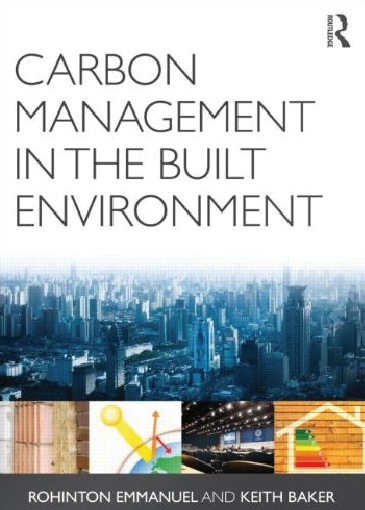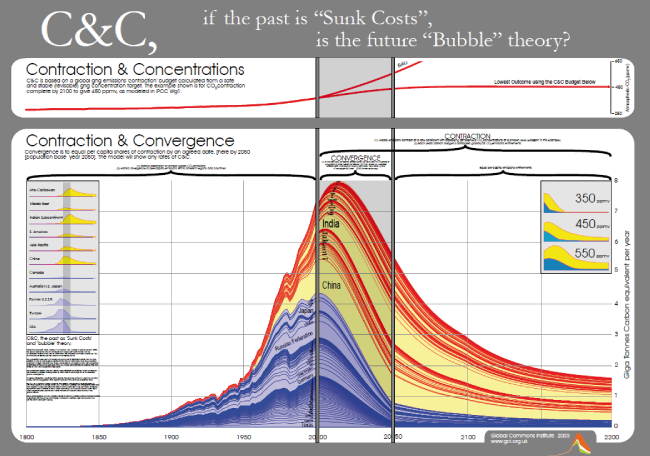Dear Aubrey,
I am delighted to endorse C&C which captures ‘common but differentiated responsibility’ best!
All the best,
Rohinton
Dr Rohinton Emmanuel
Reader & Subject Lead, Sustainable Design & Construction
Dept of Construction & Surveying School of Engineering & Built Environment M536E,
George Moore Building
Glasgow Caledonian University
70 Cowcaddens Road,
Glasgow G4 0BA ,
Contraction and Convergence
One of the most widely advocated and scientifically sound models for resolving this problem of reducing global emissions whilst ensuring greater equity is Contraction and Convergence. C&C, as it is known, was originally developed by Aubrey Meyer of the Global Commons Institute (GCI). However, the term has been adopted more widely, and where it is used it is important to know whether or not the specific model is being referred to. C&C begins with the principle that the developing world should be allowed to develop whilst the developed world begins to reduce its emissions, and then models these trajectories over time to meet emissions goals of 350 ppm, 450 ppm and 550 ppm. The best way to understand C&C is to inspect the highly zoom-able diagram produced by the GCI. Figure 2.3 gives a snapshot of the diagram, which is free to download from the GCI website.
Carbon Management in the Built Environment
By Rohinton Emmanuel, Keith Baker
Back to UNFCCC Submission Back to Signatory List



